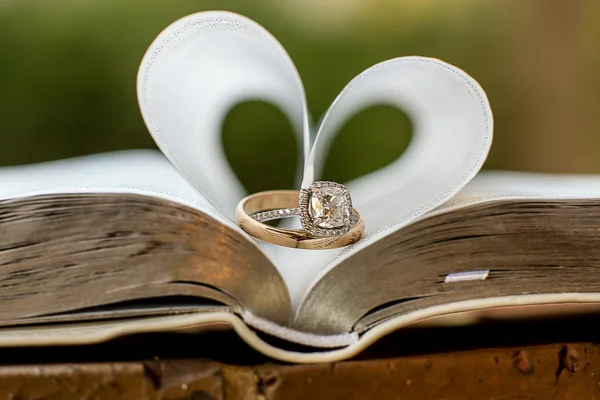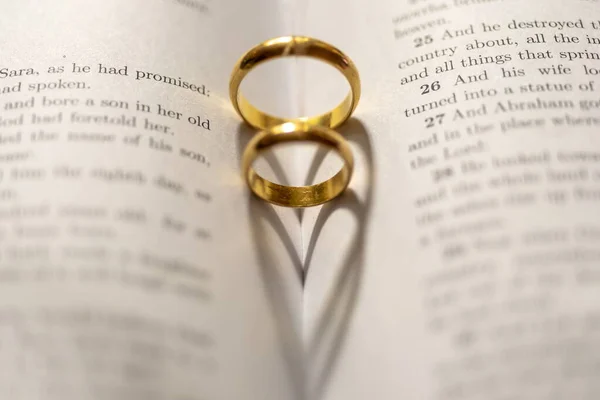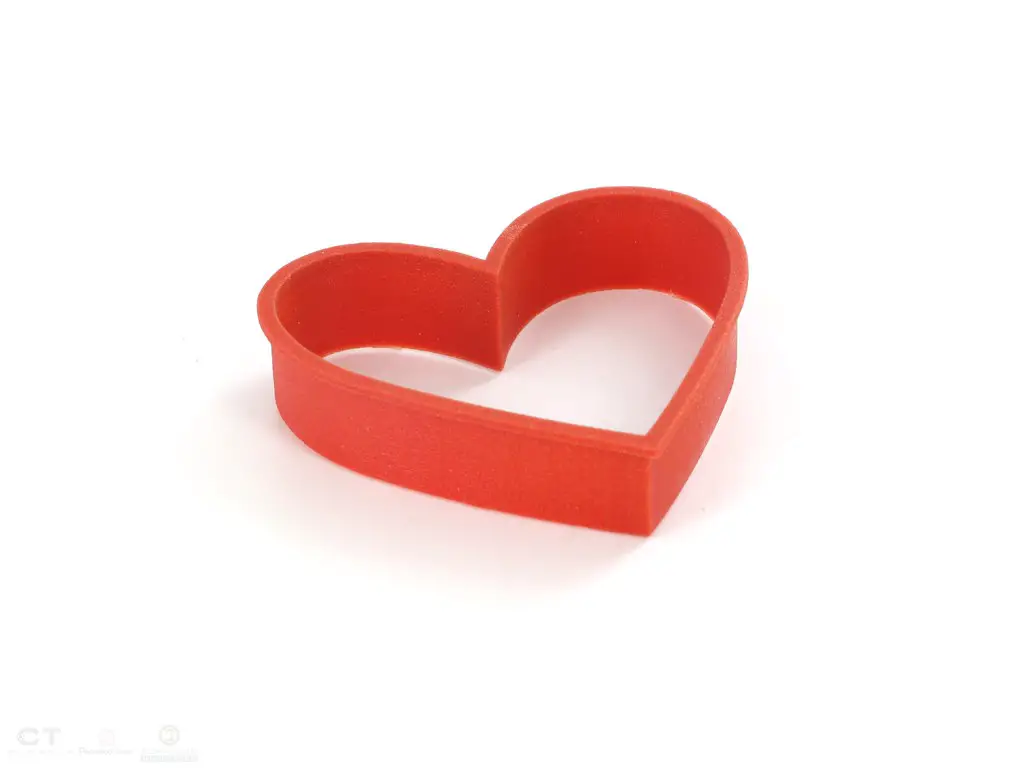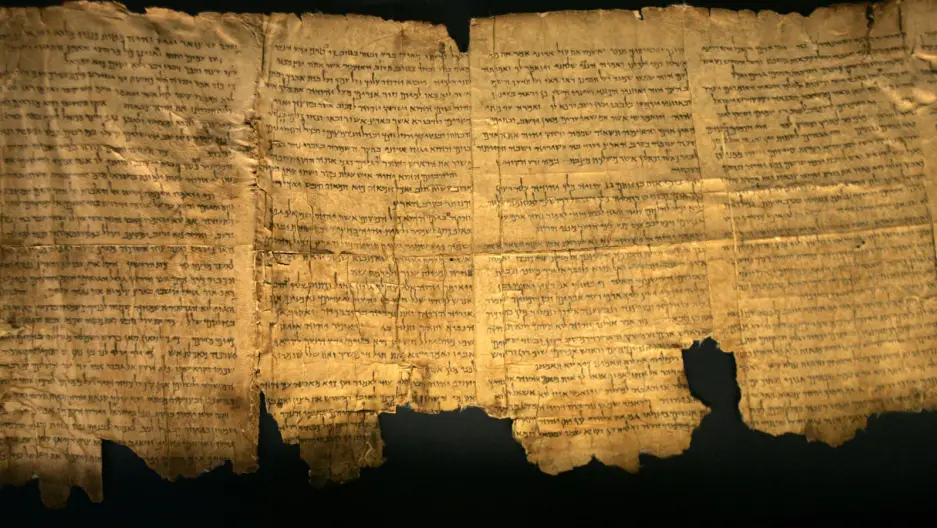Having a heart-shaped Bible around may be impractical, but I feel like many Christians would love the idea. God is love and there’s a verse about that in 1 John 4. What would we need a heart-shaped Bible for? We have numerous rectangular Bibles as well as Bible study books. For believers in Christ, a heart-shaped Bible is not necessary, but the overall message would be evident as a symbol of how the omniscient (all-knowing), omnipresent (present everywhere at all times), omnipotent (all-powerful), and omnibenevolent (supremely good) God is the ultimate form of love.

Copies of Bibles can be found in numerous homes and hotels and can even be available for free. Manufacturing a heart-shaped Bible would be challenging, but what if by any chance the Christian community was on board with creating a heart-shaped Bible?
How is Creating a Heart-Shaped Bible Possible?
Before anyone can create a physical Bible, they’d have to be knowledgeable about how regular Bibles are made. Unless you have good craftsmanship and plan to create a Bible, you may have to rely on someone else, digital software, and/or heavy-duty manufacturing equipment. Regular Bibles have the multiple components of a cover, binding, typesetting, etc.
Before creating a Bible cover, there must be a book block, which is a collective unit of folded pages that have been sewn or glued together. The head and tail bands are decorative pieces of fabric running along the top (head) and bottom (tail) of the spine of the book. Ribbons are attached to the spine of the book block and are used as bookmarks. A standard Bible may have 1-2 ribbon markers, while a Premium ESV Bible may have as many as 2-4 ribbon markers with one or more colors. Take into careful consideration the yapp (the overhang of the leather cover beyond the top, bottom, and front edges of the text block) and if you prefer a half yapp or a full yapp. A half yapp is basically a shorter extension of the cover than a full yapp.

An endsheet is a latex-covered paper that’s glued to the inside of a Bible’s front and back cover, usually colored to match the cover. Hubs are decorative raised strips that can be placed on a Bible, which runs horizontally up the Bible’s spine. Fortunately, there are different binding types, like the smyth-sewn binding method (where you can stitch together signatures to create a full book block), a perfect-bound binding method (where you can cut the ends of the folded signatures flat, which are then compressed and glued), a paste-off binding method (where you connect the cover to a book block with an adhesive through an endsheet, functioning as a hinge), and an edge-lined binding method (where you connect the cover and the book block together without the requirement of an endsheet).
Gilding (created by using metallic leaf foil) is the color shown on the edge of the Bible’s pages; you should recognize them because they’re often gold or silver. The Bible pages would then be sanded down until they are smooth, then held together tightly while a heated foil to the edge of the pages is applied. After the heated foil cools down, the gilding will shine, where you can add art gilding. Often found on premium Bible lines, art gilding (is created by adding a thin coating of red or blue dye on the edges of the book block) leaving a red or blue tint to the edge of the pages.

With web offset printing and digital printing prevalent today, we have more options on how to create the content. Web offset printing is best for large to massive, cost-effective print runs, guaranteeing excellent color options. Digital printing is a lightweight, cost-effective option for smaller quantity print runs. The machinery that can be involved in creating a Bible could just be modified for heart-shaped Bible options. Also, there’s a possibility where those making the Bibles may worry about a spoilage allowance.
Bible paper chosen has a major impact on the thickness and the opacity of each page and the careful arrangement of the print text improves the readability. The size of the print text and any added material (study notes, cross-references, maps, etc.) are all essential. The Gutenberg’s Bible (also known as the 42-line Bible) was printed in Mainz in 1455, being the earliest major book printed using mass-produced movable metal type in Europe. After so many centuries passed, there’s no telling on what other methods we can use to beautify the Bible.

Typesetting is a costly method, forcing you or somebody else to fit as many words as possible onto each page, but at the same time making the type large and legible.
How would anyone manage to create an aesthetically pleasing heart-shaped Bible? The front and back cover of the Holy Bible would have to be in the shape of a full heart as well as every page inside the book. What if the front and back cover of the Holy Bible was made out of foam material, where it actually feels like a pillow and/or teddy bear? It could be that you’d prefer the cover of a heart-shaped Bible to have a cost-effective options, ranging from paperback to premium goatskin.

The material of the cover can be 100% optional, but as for inside the Bible, the font can be a standard size, with a page on the right and left (like normal). The difference is, the surrounding area around the scriptures of each page, would be the heart shape and anyone can conveniently turn the pages to whichever book of the Bible they want. Creating heart-shaped Bibles could mean that they would have to be quality over quantity.
The regular Bible paper (scritta paper) is generally made from 25% cotton and linen rags or flax, and maybe the printing paper can be different or there can be a customized option to appropriately protect the edges of the paper (when readers turn the pages).

If you are not pious, the heart-shaped Bible would likely be used as a fashion statement, but hopefully, you’d be an avid reader. A heart-shaped Bible can be a wonderful gift for Valentine’s Day, a birthday, and/or an anniversary? Maybe you strictly oppose celebrating holidays, including birthdays, but see no harm with a heart-shaped Bible. Holidays have Pagan origins and if you simply see nothing wrong with that, countless booksellers wouldn’t mind taking your money.
Some Historical Facts About the Bible
Written more than 16 centuries ago with more than 40 writers inspired by God, the Holy Bible has now been translated to over 690 languages, selling over 100 million copies each year. Ten writers participated in the New Testament (originally written in Koine, a form of Greek widely understood in the Mediterranean 2,000 years ago) and 30 in the Old Testament (written in Hebrew), but the language Jesus spoke was Aramaic.
Thankfully, Hebrew and Aramaic are sister languages, if anyone wants to study the entire Bible. The Protestant English Bible has 66 books: the Old Testament consists of 39 books, while the New Testament consists of 27 books. The Catholic Bible has a total of 73 books: 43 in the Old Testament and 27 in the New Testament.
Judgment
I’m not sure what type of upbringing you had or what type of life you currently have, but I’m aware that anyone can relate the Bible to anything. Countless people take the Bible out of context, even if they feel like they have a pure apprehension. “And if any man shall take away from the words of the book of this prophecy, God shall take away his part out of the book of life, and out of the holy city, and from the things which are written in this book.”—Revelation 22:19.
I’m sure that everyone heard of someone using the phrase, “An eye for an eye,” and it was likely used as an excuse to seek revenge. “Ye have heard that it hath been said, An eye for an eye, and a tooth for a tooth: But I say unto you, That ye resist not evil: but whosoever shall smite thee on thy right cheek, turn to him the other also”—Matthew 5:38-39.

People often like to say that the Bible says in Matthew 7:1, “Judge not, that ye be not judged,” but in Ephesians 5:11, it says, “And have no fellowship with the unfruitful works of darkness, but rather reprove them.” Also, in John 7:24, it says, “Judge not according to the appearance, but judge righteous judgment” and in Mark 16:15, it says, “And he said unto them, Go ye into all the world, and preach the gospel to every creature.”
Over 5,800 New Testament Manuscripts are in Greek, 10,000 Old Testament Manuscripts in Hebrew, and more than 19,000 copies of Manuscripts in Coptic, Latin Aramaic, and Syriac languages. In Koine, the word Bible means ”The Books.” There are a variety of acronyms for the word ”Bible” and some are ”Best Instructions Before Leaving Earth” and ”Basic Instruction Before Leaving Earth.”
False Teachers
Numerous false teachers remove and add messages from the Bible for popularity and to gain mammon or even sexual advances. The Bible warns us to avoid false preachers, so we should have good discernment. “Beloved, believe not every spirit, but try the spirits whether they are of God: because many false prophets are gone out into the world”— 1 John 4:1.
The church is the body of Christ, so we as followers of Christ do not have to go into a physical church to be saved, but communion is still beneficial. There are multiple churches with various doctrines, like faith with works vs. faith without works (even though James 2:20 may have you feeling differently), you have to be baptized to be saved vs. you don’t have to be baptized to be saved, once saved, always saved, everyone goes to heaven (even though the Bible focuses more on the passages about hell than heaven), etc.

Some people go as far as researching the founders of the church to see if they were a part of a secret organization, like Freemasonry, and before Freemasons were known, they were called Rough Masons back in 1444. That would mean that Freemasonry being started in 1717 is a distraction from what was going on in the past, but keep in mind, Freemasonry was said to be no longer a group. Does that explain some of the celebrities on television speaking out against the government?
Heart-Shaped Bibles Being Held
A preacher in a physical church would read from the Holy scripture and the mere sight may make you feel at ease, unless you don’t believe in love. A loquacious street preacher can actually hold a romanticized outer appearance of the Bible and I’d hope they’d be using tact. The heart-shaped Bible would be a symbol of the center of emotion, including affection and love, even if it’s sincere forgiveness, doing good to your enemies, and putting God first before any and every relationship. Jesus died on the cross for our sins and rose back from the dead three days later.
There are 8 Greek words for different types of love: eros (passionate love), philia (intimate, authentic friendship), Erotoropia or ludus (playful, flirtatious love), Storge (unconditional, familial love), Philautia (compassionate self-love), Pragma (committed, compassionate love, mania (obsessive love), and Agápe (empathetic, universal love). Such a symbol would be an additional reminder that the Holy Bible consists of different books with God’s love letters to you.
